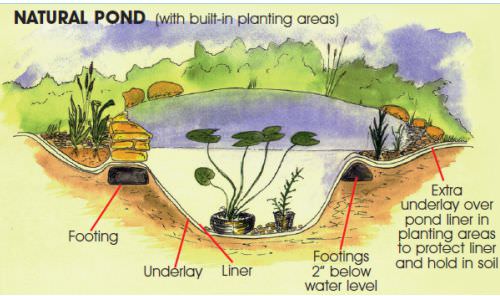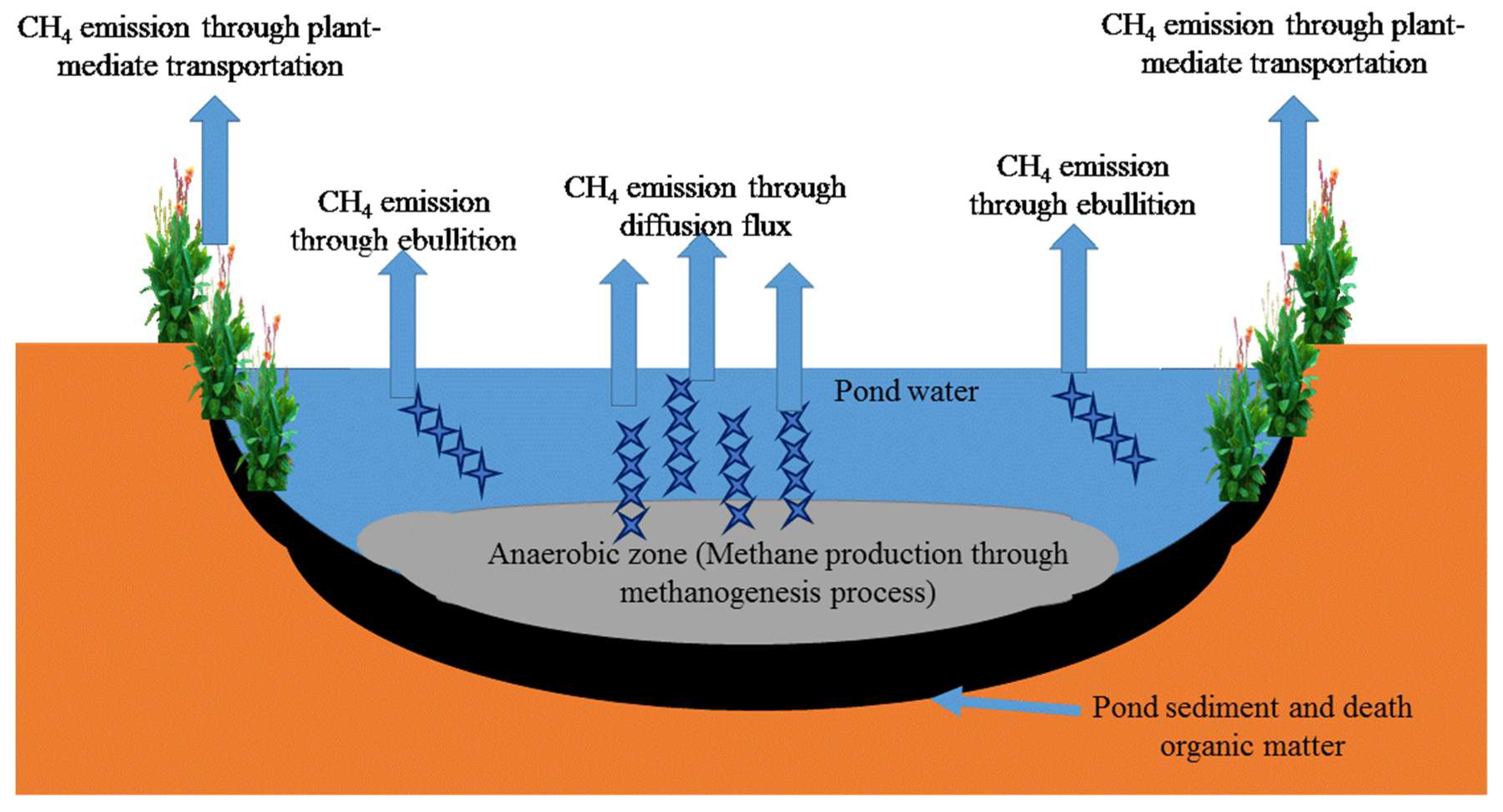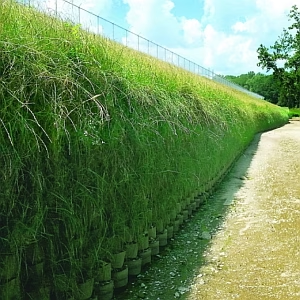Building a swim pond on a slope offers both unique opportunities and challenges. With proper planning and techniques, you can create a beautiful and functional water feature that harmoniously blends into your landscape. This guide will walk you through the essential steps to design a swim pond on sloped terrain, focusing on stability, aesthetics, filtration, material selection, and environmental integration.
Creating a swim pond on an incline requires a clear understanding of the area’s characteristics. The instability commonly found in sloped areas can lead to issues such as erosion and structural damage. This guide will help you navigate these potential pitfalls while maintaining a natural and attractive aesthetics. Whether you are a homeowner enhancing your backyard or a hobbyist passionate about landscape design, you will find the knowledge necessary to successfully tackle the unique challenges and rewards of creating a swim pond on a slope.
How to Build a Swim Pond on a Slope and Keep it Stable
Creating a stable swim pond on sloped terrain requires a comprehensive approach that emphasizes engineering techniques and careful design. Here’s how you can achieve that.
Understand the Importance of Retaining Walls
Retaining walls are crucial for maintaining stability. These structures help prevent soil erosion and provide the necessary support for your pond structure, allowing you to create level surfaces at various heights around the pond.
Learn About Geoweb Systems
Geoweb systems can significantly enhance slope stabilization while minimizing the amount of concrete needed. These systems consist of a grid of interconnected cells filled with soil or vegetation, providing lateral drainage and structural support. For instance, research indicates that using a geoweb system can reduce concrete depth from 6 inches to 4 inches without compromising essential stability.
Explore Soil Reinforcement Techniques
Employing soil reinforcement techniques—such as soil nailing or utilizing geosynthetics—can also improve slope stability. These methods involve adding components to the soil to bolster its strength, effectively preventing potential slope failures.
Overview of Proper Grading Techniques
Grading is essential to ensure that water flows correctly and does not accumulate in undesired areas. For effective grading, it’s generally recommended that the interior slopes of your pond do not exceed a ratio of 3H:1V (horizontal to vertical). This gradual incline enhances both stability and safety.
Placing an image here for this section.
Geoweb system used for stability (Source: GeoChem)
Creating a swim pond on a slope is a significant investment, but with appropriate techniques like retaining walls, geoweb systems, and reinforcement methods, you can ensure that your pond remains stable while seamlessly blending with your landscape.
Transforming Uneven Terrain into Stunning Landscapes
The aesthetic appeal of your swim pond is just as crucial as its functional elements. Here’s how to enhance the beauty of your swim pond on sloped terrain.
Incorporate Terracing with Native Plants
Terracing can stabilize slopes while enhancing their beauty through layered planting. By selecting native plants adapted to your region, you create a sustainable environment that flourishes with minimal maintenance. Native plants help control soil erosion, filter water, and provide habitat for local wildlife.
Use Natural Stones and Boulders in Your Landscape Design
Integrating natural stones and boulders into your design serves both aesthetic and functional purposes. These elements add visual interest while stabilizing the slope and providing natural habitats for various species.
Reveal Multi-Level Designs
Consider implementing a multi-level pond design, which allows for waterfalls, swimming areas, and natural seating options. This design not only adds depth but also utilizes gravity to facilitate water movement and filtration.
Placing an image here for this section.

Terraced swim pond showcasing native plants (Source: Bend Bulletin)
By focusing on indigenous plants, combining natural stones, and embracing innovative design ideas, you can turn your sloped landscape into an inviting swim pond that greatly enhances the overall visual appeal.
Simplifying Filtration in Your Sloped Swim Pond Design
Effective filtration is crucial to maintaining water quality in your swim pond. Here’s how to set up a robust system.
Importance of Integrated Drainage Systems
A well-designed drainage system is vital for managing water runoff. It is advisable to install French drains around the perimeter of your pond, particularly at the base of slopes, to divert excess water. Ensure they are positioned at least three feet away from the pond to comply with safety regulations.
Best Practices for Sump Pump Usage and Placement
If you live in an area prone to heavy rainfall, consider incorporating a sump pump. This device removes excess water from flooded areas, helping to maintain groundwater levels and preventing overflow into your swim pond.
Innovative Biofilter Designs
Consider implementing biofilter systems that utilize natural elements, like plants, to maintain water clarity. Creating a waterfall feature that doubles as filtration is effective; water pumped to higher elevations can flow through layers of gravel and aquatic plants before returning to the pond.
Placing an image here for this section.

Filtration system diagram for swim ponds (Source: MDPI Water)
By designing an effective filtration and drainage system, you can ensure your swim pond remains clean and healthy, creating an enjoyable space for you and local wildlife.
Materials that Make Your Pond Secure and Beautiful
The materials you choose for your swim pond play a significant role in its security and overall aesthetic. Let’s explore the best options.
Choosing the Right Type of Stone for Retaining Walls
When selecting materials for your retaining walls, opt for natural stones that provide structural support while blending well with your surroundings. Stone options like granite and limestone resist erosion and offer visual beauty.
Explore Sustainable Materials
Consider environmentally conscious choices, such as recycled materials or locally sourced stone, to reduce your ecological footprint. Such options typically require less energy for transport and can create a cohesive look in your landscape.
Obtaining Local Materials for Aesthetic Consistency
Using local materials ensures that your swim pond harmonizes with the area’s natural landscape. Look for readily available materials to keep costs low while promoting sustainability.
Placing an image here for this section.

Comparison of retaining wall materials (Source: Elite Foundation Repairs)
By thoughtfully selecting durable and visually appealing materials, you can create a swim pond that not only functions well but also becomes an attractive addition to your landscape.
Embracing Nature: Integrating Wildlife and Flora in Your Swim Pond
Designing a swim pond that supports local wildlife creates a rewarding experience for both you and the ecosystem. Here’s how to embrace nature within your design.
Selection of Native Plants
Choosing native plants can significantly enhance your pond’s ecological health. Plant species adapted to your local environment thrive without excessive maintenance, stabilize your pond’s banks, and provide essential habitats for various species.
Creating Wildlife Zones
Designate specific areas within your pond to accommodate wildlife. Shallow zones can serve as feeding areas for birds, while deeper sections benefit fish. Consider adding structures like submerged logs and rocks for shelter.
Designing Floating Islands and Shallow Areas
Adding floating islands can be both functional and beautiful. These islands enhance visual appeal while serving as natural filtration zones. Shallow areas are crucial as they offer refuge for wildlife and promote biodiversity.
Placing an image here for this section.

Wildlife pond featuring native plants (Source: Fish Keeper)
By integrating native plants and creating designated wildlife areas, your swim pond can develop into a thriving ecosystem that supports local biodiversity.
Navigating Regulations and Environmental Concerns in Your Pond Project
Before beginning construction, it’s important to understand the legal and environmental implications of building swim ponds on slopes. Here’s what you should consider.
Familiarize Yourself with Local Slope and Grading Regulations
Many regions have specific regulations concerning the slope and grading of ponds. Public swimming pools, for example, may have rules that prohibit slopes steeper than 3H:1V to ensure safety and structural integrity.
Learn About Erosion Control Practices
Steep slopes are more prone to erosion, impacting water quality. Authorities may require you to implement specific erosion control measures, such as planting vegetation along the pond’s edge to stabilize soil and reduce sedimentation.
Be Aware of Safety Regulations
Incorporating safety features into your pond design is essential. Regulations may require fencing around your pond, especially if it’s accessible to children or pets. Make yourself familiar with local safety standards to ensure compliance.
Placing an image here for this section.

Regulatory diagram for pond construction (Source: MDPI Water)
By understanding regulations and implementing safety measures, you can help ensure your swim pond project is both responsible and enjoyable.
Maintenance Made Easy for Sloped Swim Ponds
Proper maintenance is crucial for enjoying your swim pond for years. Here’s how to keep your sloped swim pond in great shape.
Key Differences in Maintenance Compared to Flat Ponds
The maintenance of sloped ponds differs significantly from that of flat ones, primarily due to the increased likelihood of sediment accumulation and erosion. You should schedule more regular cleanings and inspections.
Regular Erosion and Sediment Management Practices
Ongoing erosion control measures require vigilant monitoring. Conduct regular inspections to identify areas at risk of erosion, allowing you to take timely action to prevent major issues.
Seasonal Checks and Plant Care Strategies
Tailor your maintenance strategies to each season. In spring, focus on planting and fertilizing native species, while in the fall, prepare for winter by pruning and removing debris to keep the pond clear.
Placing an image here for this section.

Swim pond maintenance calendar (Source: Astral Pools)
By prioritizing proactive maintenance, you can ensure that your sloped swim pond remains a beautiful and functional oasis for years to come.
Conclusion
Designing a swim pond on a slope is an enriching process that merges structural integrity with aesthetic beauty. By understanding essential concepts like stabilization techniques, effective filtration systems, and environmental considerations, you can create a pond that enhances your landscape while supporting local biodiversity.
Every aspect of design—from selecting the right materials to integrating native plants—helps ensure your swim pond is not just a functional feature but also a stunning focal point in your garden.
As a homeowner or hobbyist, take the time to plan your swim pond carefully. Seek professional guidance if necessary, and most importantly, enjoy the journey of creating a unique addition to your outdoor space.
By following these guidelines, you can convert a challenging slope into a beautiful, functional swim pond that harmonizes with the natural environment, providing you, your family, and local wildlife with years of enjoyment.

